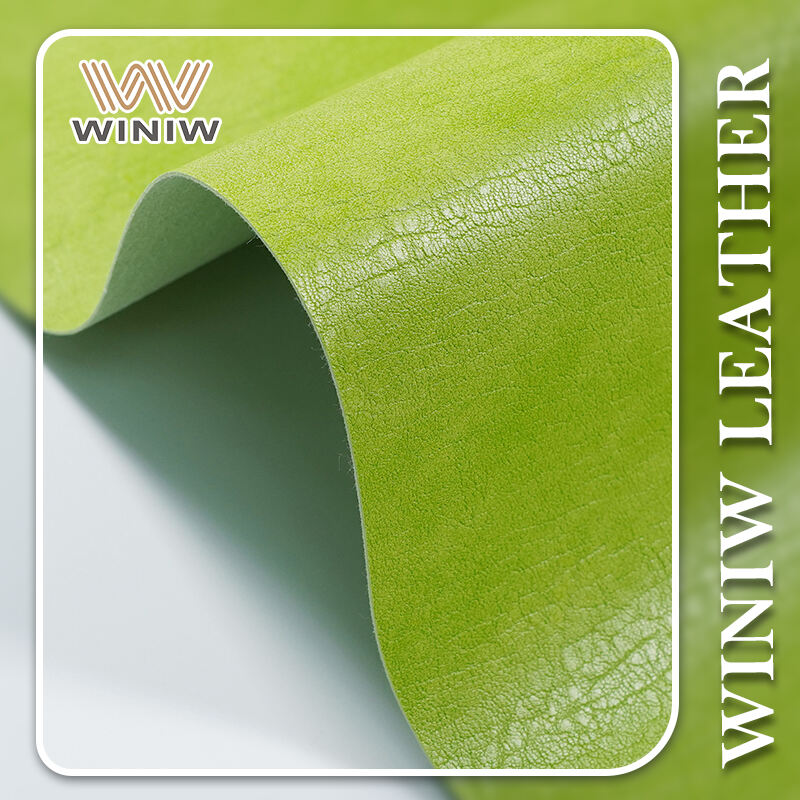When exploring the diverse world of footwear, one might encounter various materials used to craft shoes, each with its unique properties and purposes. Among these, PVC (Polyvinyl Chloride) stands out as a versatile and widely utilized material, particularly in the production of certain types of shoes. But what exactly is PVC on shoes, and why is it used? This article aims to provide a comprehensive understanding of PVC in the context of shoe materials.
What is PVC?
PVC, short for Polyvinyl Chloride, is a thermoplastic polymer known for its durability, flexibility, and chemical resistance. It is one of the most produced synthetic plastics globally, with applications ranging from construction to consumer goods, including footwear. PVC can be processed in various ways, such as extrusion, injection molding, and calendaring, making it highly adaptable for different products.
PVC in Shoe Manufacturing
In the shoe industry, PVC is primarily used for making waterproof, weather-resistant, and easy-to-clean shoes. Here are some key reasons and applications of PVC in shoe materials:
-
Waterproofing: PVC's inherent waterproof qualities make it ideal for creating shoes designed to keep feet dry in wet conditions. Rain boots and water shoes often feature PVC outer layers to prevent water penetration.
-
Durability: PVC is a robust material that can withstand wear and tear, making it suitable for shoes that require frequent use or exposure to harsh environments. This durability makes PVC a popular choice for outdoor, industrial, and sports footwear.
-
Flexibility and Comfort: Although PVC is rigid when solid, it can be formulated to offer flexibility, allowing for comfortable, form-fitting shoes. This flexibility, combined with its lightweight nature, enhances the overall wearing experience.
-
Ease of Cleaning and Maintenance: PVC shoes are generally easy to clean, often requiring only a simple wipe down with a damp cloth. This makes them ideal for environments where hygiene is crucial, such as medical or food service settings.
-
Cost-Effectiveness: PVC is a relatively inexpensive material compared to some other synthetic or natural alternatives, making it an affordable option for consumers looking for durable, practical footwear without breaking the bank.
Environmental Concerns
While PVC offers numerous benefits in shoe manufacturing, it is not without its drawbacks. Environmental concerns about PVC include its production process, which can release harmful chemicals, and its disposal, as PVC is not easily biodegradable. Additionally, some PVC formulations may contain plasticizers like phthalates, which have raised health concerns.
In response to these issues, the shoe industry is increasingly exploring alternatives to PVC, such as TPU (Thermoplastic Polyurethane) and other eco-friendly materials. However, for now, PVC remains a significant component in the production of certain types of shoes due to its unique combination of properties.
Conclusion
PVC plays a crucial role in the shoe industry, offering a blend of durability, waterproofing, flexibility, and cost-effectiveness. While concerns about its environmental impact are valid, PVC continues to be a popular choice for creating practical, versatile footwear. As the industry evolves, it will be interesting to see how advancements in material science and sustainability efforts shape the future use of PVC in shoe manufacturing. Understanding the intricacies of PVC in shoe materials helps consumers make informed choices about their footwear, balancing practicality with environmental responsibility.

 EN
EN








































